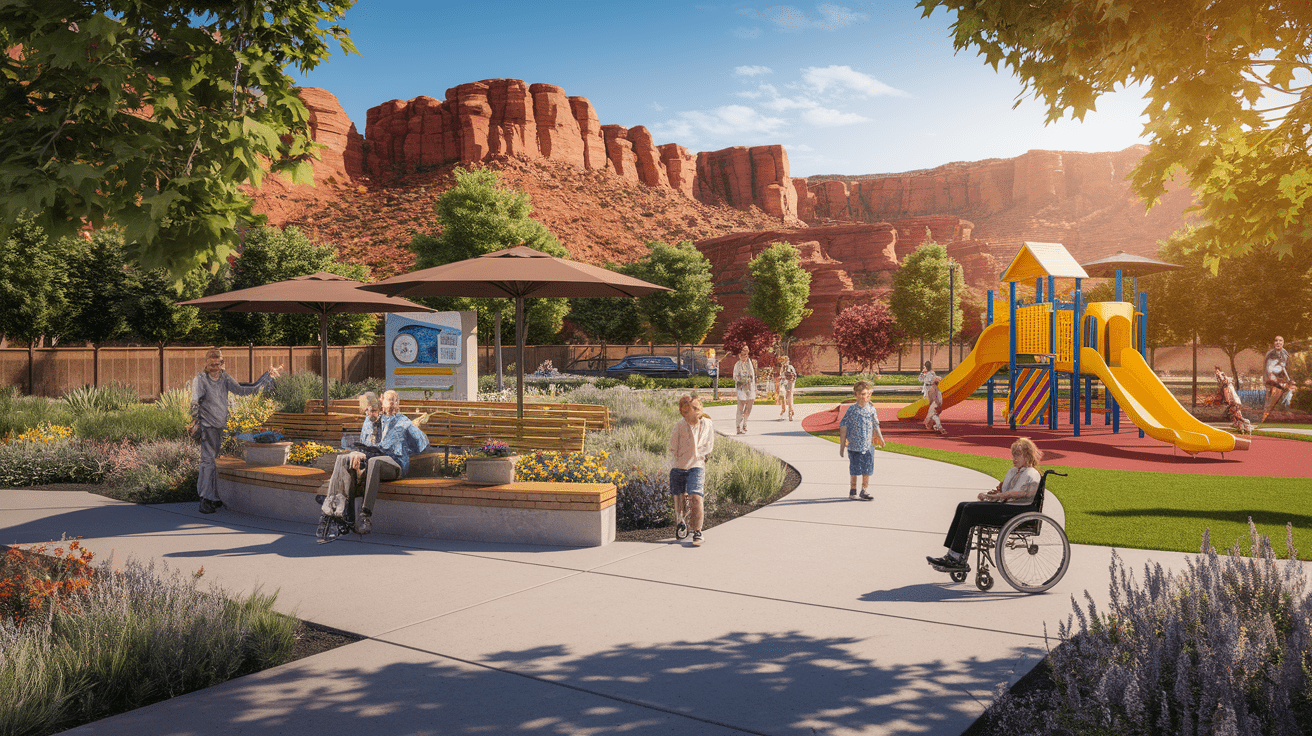Designing Accessible Parks in St. George: Standards and Improvements
Wheels in the Sand – Opening St. George’s Parks for Everyone
One of the great joys of living or visiting St. George is spending time outdoors, surrounded by those breathtaking red rock landscapes and sunny skies. But for our parks to truly be for everyone, accessibility must be a central part of the design. That means thinking beyond just adding a ramp — it’s about creating barrier-free parks where people of all abilities can enjoy the same spaces, whether it’s rolling along a paved walking trail, joining adaptive recreation activities, or exploring inclusive community spaces.
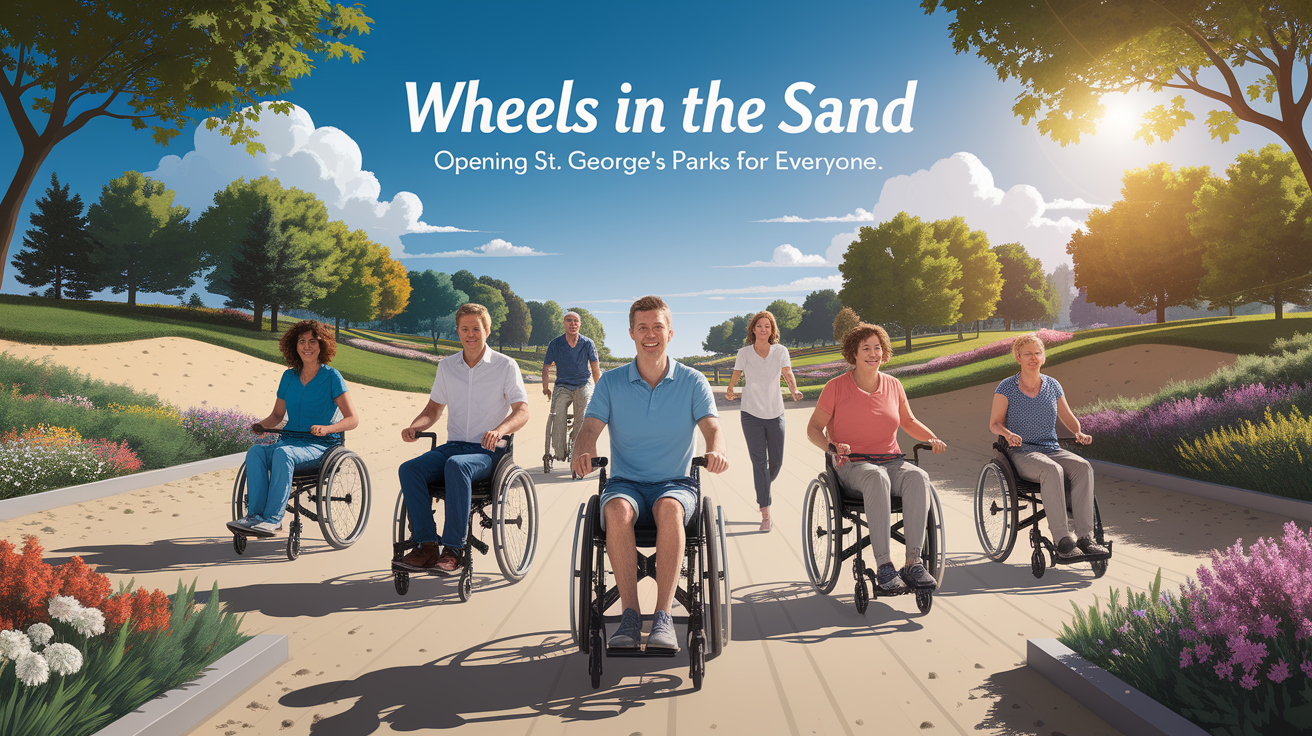
Locally, we’ve seen wonderful efforts to upgrade playground equipment, smooth out walking trails for mobility device access, and integrate sensory gardens for children with visual or hearing impairments. These enhancements are more than just features; they’re invitations for every resident and visitor to take part in our city’s outdoor treasures without obstacles.
ADA Accessibility Essentials
When we talk about park accessibility in St. George, the Americans with Disabilities Act (ADA) sets the baseline. These standards, supported by the U.S. Access Board’s guidelines, outline detailed requirements for accessible routes and facilities in parks.
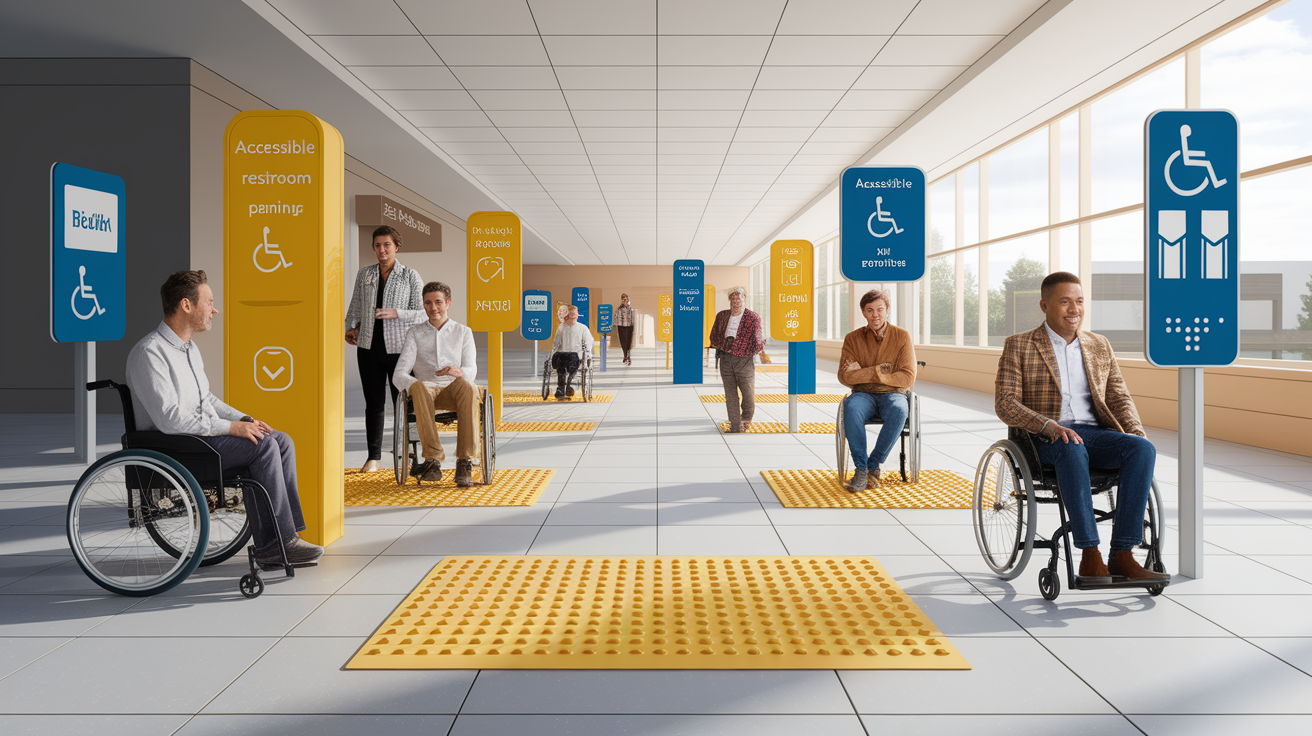
Here are a few key ADA essentials that help shape our local designs:
- Wide paths: Accessible routes should be at least 60 inches wide, allowing wheelchairs and walkers to pass comfortably.
- Gentle slopes: Slopes no steeper than 1:16 ensure everyone can move safely without overexertion.
- Clear vertical space: At least 80 inches of overhead clearance for safe passage.
- No protrusions: Features must avoid sticking into the clear route space to prevent hazards.
Following these guidelines means playgrounds and park facilities can offer equal opportunities, whether a visitor comes with mobility aids, relies on hearing or visual accommodations, or simply needs a smoother surface to navigate.
Inclusive Playground Design Principles
Beyond meeting regulations, true accessibility blossoms when we apply inclusive playground design principles and universal design thinking. This approach looks at how all children—and adults—interact with a play space, ensuring it’s not only usable but welcoming.
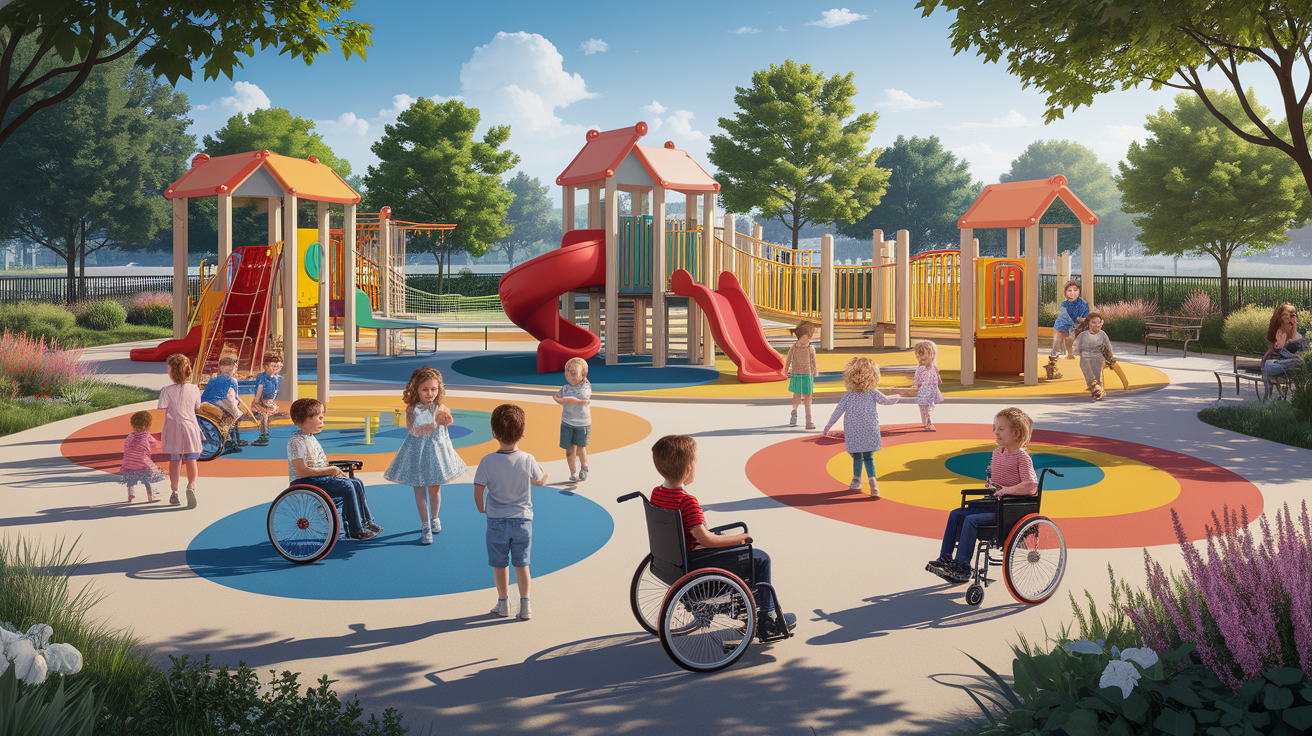
Some principles that make a big difference:
- Space for approach and reach: Equipment is placed so wheelchair users can easily reach and use it.
- Neutral body positions: Activities that reduce strain and promote comfort for prolonged play.
- Social interaction: Layouts encourage play among children with different abilities.
- Tactile and sensory play elements: Features such as textured surfaces, sound-making play panels, or visual cues for diverse sensory engagement.
Here in St. George, integrating universal playground design means thinking about cultural, environmental, and social factors too — from shaded seating for caregivers to adaptive sports areas that welcome everyone into the game.
Accessible Parking and Pathway Integration
Park visits start in the parking lot, and for accessibility, that first step matters. According to ADA parking guidelines, accessible parking spaces should be at least 96 inches wide with adjacent access aisles of 60 inches to allow mobility devices to maneuver. An accessible route should lead directly from these spaces to park entrances and facilities.
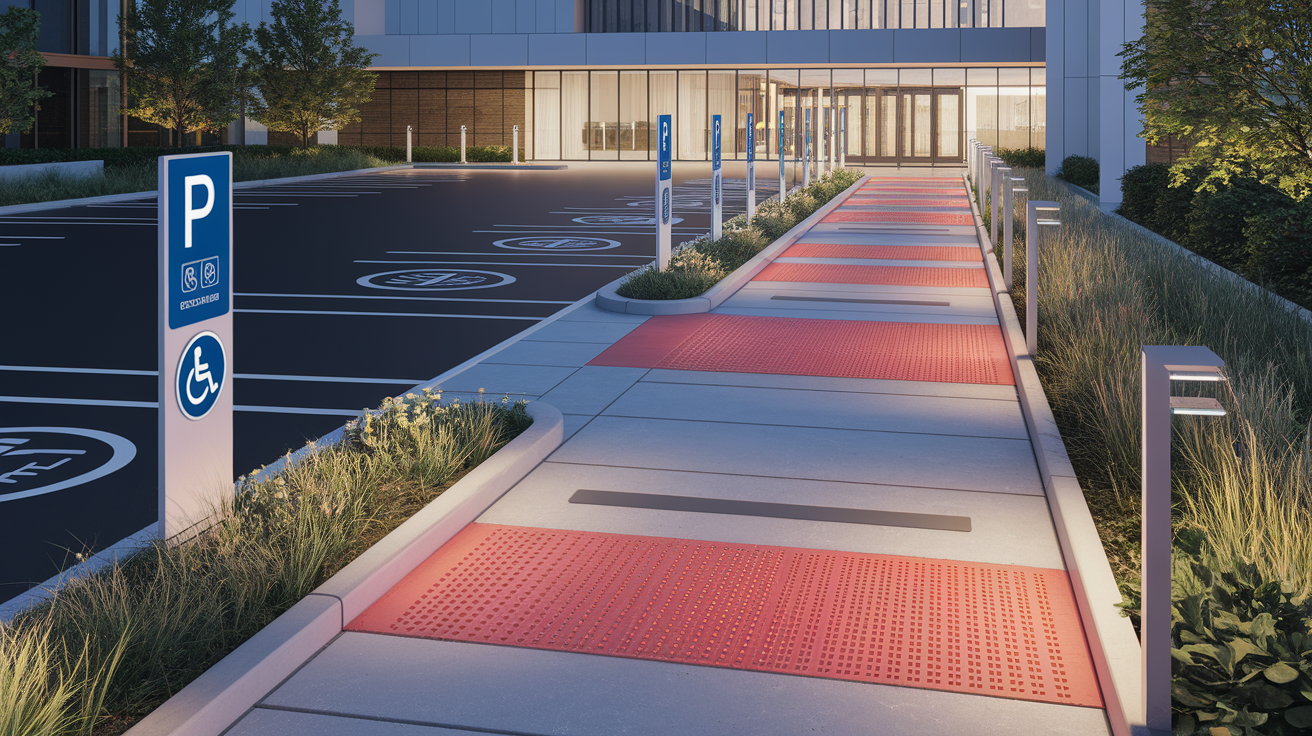
Well-integrated pathways ensure seamless movement from the lot to the playground, picnic area, or walking trail. In practice, this means:
- Level, paved walking paths connecting key areas.
- Routes without barriers like sudden steps or narrow turns.
- Accessible connections to restrooms, seating, and recreational areas.
These simple but critical details can transform a park experience from frustrating to joyful for a person using a wheelchair, walker, or stroller.
Community Collaboration and Feedback
Creating truly inclusive outdoor spaces in St. George benefits greatly from listening to the people who will use them most. Public consultation, as noted in accessible play space design guides, helps identify local needs that might go beyond federal or state requirements.

Here’s how community engagement shapes better parks:
- User insight: People with disabilities share practical feedback on what works or what causes obstacles.
- Cultural relevance: Designs reflect the lifestyle and traditions of St. George residents.
- Safety and enjoyment: Real-world testing of features ensures they’re both safe and fun.
Whether it’s through town hall meetings, surveys, or volunteer park audits, involving the community keeps projects aligned with the heart of local life.
From Vision to Venture – Ensuring Ongoing Improvements
Accessibility isn’t a one-time upgrade; it’s an ongoing journey. As St. George continues to grow, park renovations and new builds must keep pace with evolving standards and community expectations. Barrier removal projects, updates to accessible trail surfaces, or refreshing inclusive playground equipment all contribute to maintaining high-quality recreational accessibility.
Keeping parks accessible involves:
- Regular maintenance of surfaces and equipment.
- Updating designs to meet revised ADA standards.
- Incorporating feedback from park users over time.
From visionary plans to hands-on ventures, the future of St. George’s parks is about providing vibrant, welcoming spaces where wheels, feet, and all means of mobility can explore the sand, grass, and play together – without limits.

